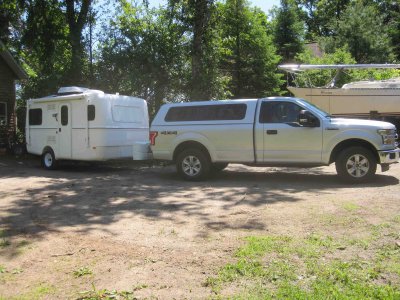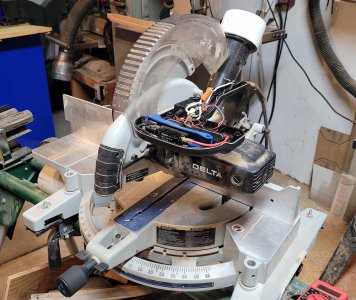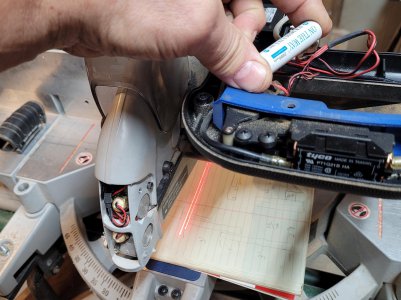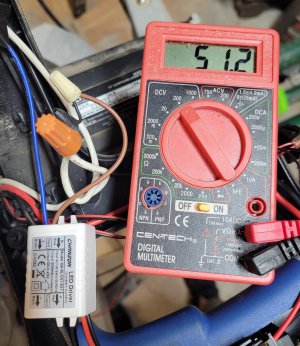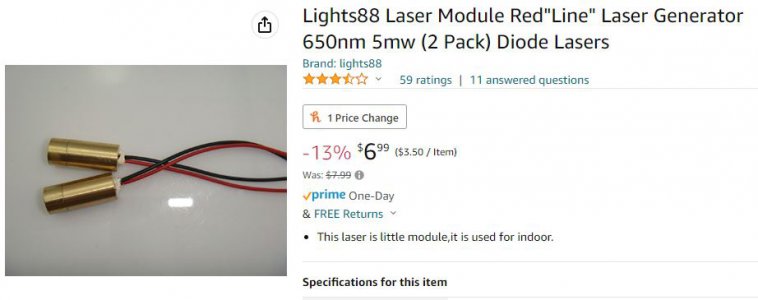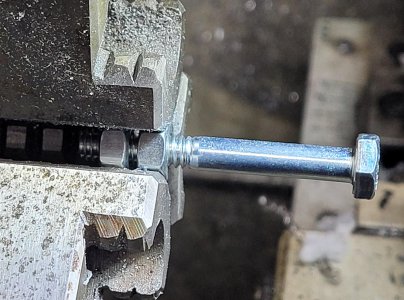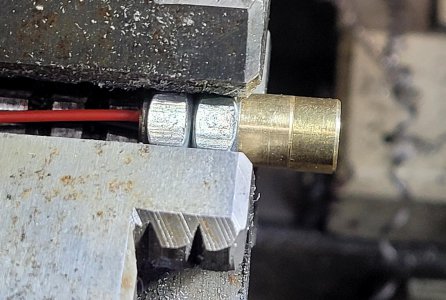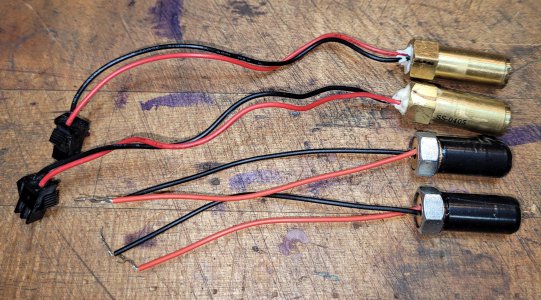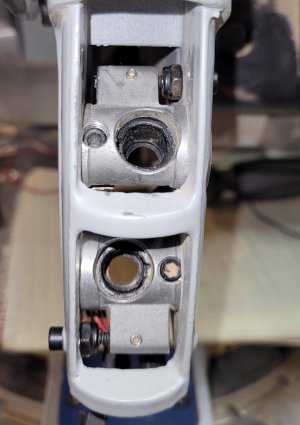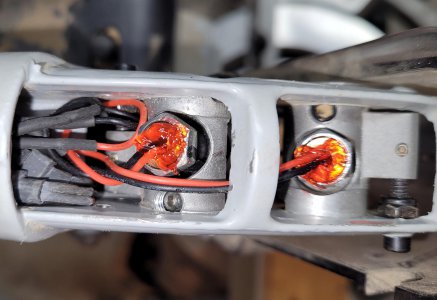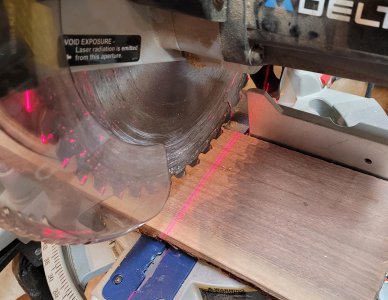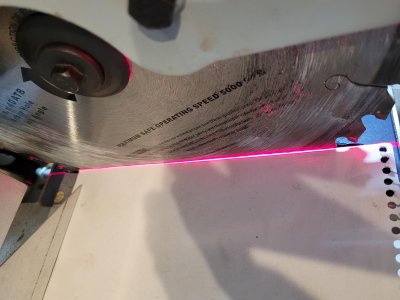POTD was GREAT; it was me watching a crew of guys do the work in 95 F weather! We recently had solar panels installed by Pink Energy. They still have a little work to do, but the system is somewhat up and running. Trenching for the buried electrical lines is still open pending inspection. Also, we need the power company to come and bless the system before we potentially start sending power back up the grid.
Thanks for looking, Bruce
I've had a number of PM's regarding our solar panels, figured it was easiest to do a posting here for the reply. General question is "is it worth it?"
It depends on your motivation. If it's to reduce your dependence on the grid, it's worth it. If your motivation is to save money on your overall electric bill, it doesn't make sense. My wife wanted to put the system in, we could afford it, so we did.
In Michigan, current legislation does not allow a residence to be a "solar farm". The solar set up for a private residence cannot exceed your historic electric bills. The power companies want to sell electricity, not buy electricity. I'm fine with that; it's the same thing as if a neighbor asked to use my shop for no cost for power/maintenance for his private business. The power companies maintain the lines; it's not "fair" for me to send them overall net power without having to fit some of the bill for maintaining the lines.
Our system is at 95+%, 22 solar panels generating 380 W each (at peak sun) for a total of ~8300 W/hour. Two more panels put us over 100%. Our average electric bill is $175 per month; the sales gal for Pink Energy figured we'd drop down to $40 a month. That's a predicted savings of about $1600 a year on our electric bill.
Our system (if financed through Pink Energy for 1 year) is $80,000. The US government is giving a tax credit of 26% in 2022 for solar panel installs which drops the price to $59K. The sales gal said the payback would be 5 to 8 years but the math doesn't work out. $59K / $1600/year is a 37 year payback assuming no interest on the $59K. Part of their predictive model is an assumption that the cost of power will go up by a factor of 3 in the next 15 years.
In our case, we are paying cash which gets our cost down to $72,000. We'll get our 26% tax credit next year which gets the total cost down to $53K. $53K / $1600/year is 33 year payback at our current electric rates. Part of the Pink Energy bill is also a sweep through the house to replace every incandescent bulb with LEDs and top off our attic insulation at 12".
So why doesn't a 95+% system take a $175 monthly bill down by 95% instead of just down to $40? When we send power back up the grid, our power company credits us $0.50 on the dollar. Naturally, we generate nothing at night so pay full price for power off the grid. During the day, we're sending power back to the grid at a 50% discount. By the way, not all power companies buy power back; check with your company if you are looking into solar.
Our system has a number of modes that I still need to learn. There is a mode where in the morning the primary solar function is to charge the Generac back-up batteries. After they're charged, the solar feeds the house and sends any overage up the grid. When/if the house draw exceeds the solar output (especially at night), the batteries will supply power until they're drained, then we're back on the grid. It's best for the batteries to regularly cycle anyhow, plus that'll let us use 9 kW/hour (battery capacity) of power that we generated at no cost before starting to use grid power.
Our system isn't totally up and running yet as we're waiting for a couple of inspections. Our solar controller is currently set to draw 40W minimum from the grid and not send any power back up the pole (need the power company inspection to turn that one). I suspect looking at our electric bills that even with the A/C running in the summer, we'll have nada for an electric bill. Our power company "pays" for our power through credits. When the geothermal is running in the winter and our daylight hours drop, we'll have our bills offset by the credits earned through the summer.
Summarizing, I wouldn't bother if you're looking at solar as a way to save money. But if you want to get off the grid and maybe help with the overall carbon footprint, it "probably" helps some.
Bruce


